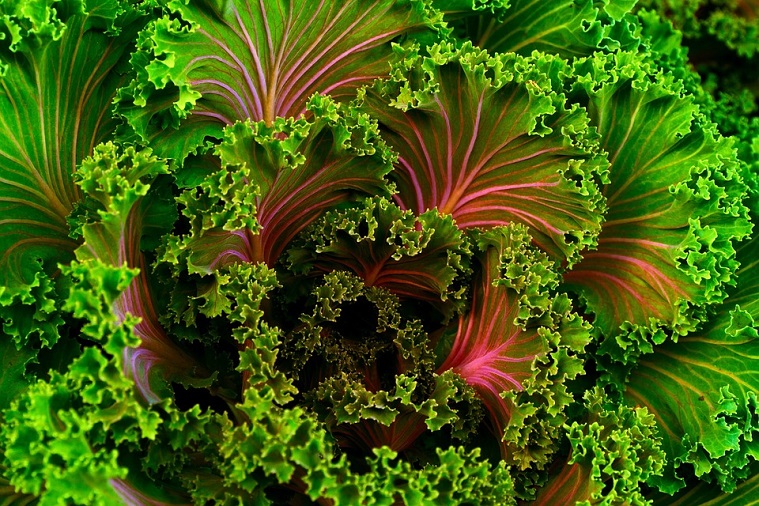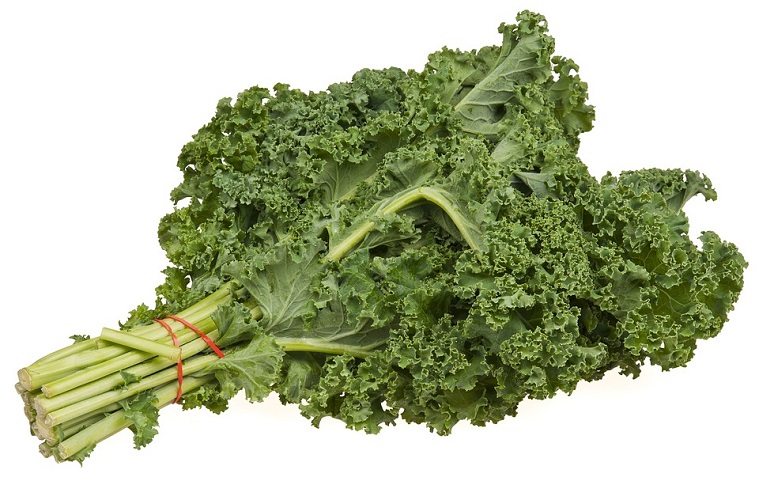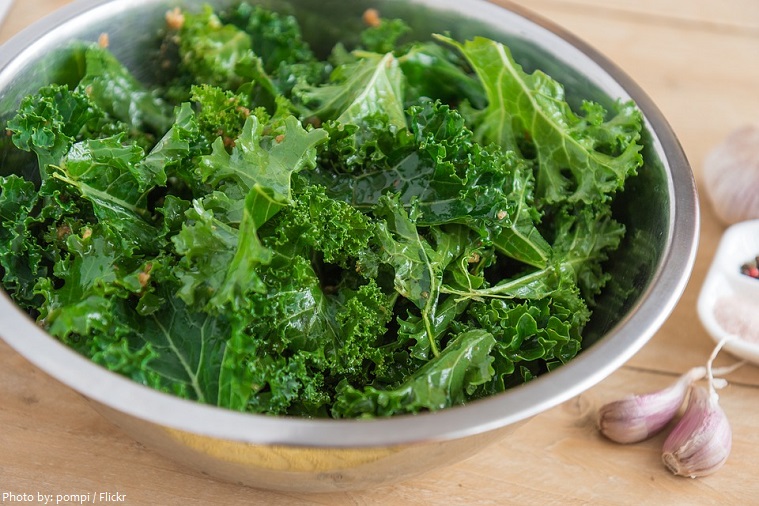Kale is loose-leafed edible plant derived from the cabbage of the mustard family (Brassicaceae).
Kale originated in the eastern Mediterranean and Asia Minor, where it was cultivated for food beginning by 2000 BC at the latest.
Some curly-leaved varieties of kale already existed along with flat-leaved varieties in Greece in the fourth century BC.
These forms, which were referred to by the Romans as Sabellian kale, are considered to be the ancestors of modern kales.
The earliest record of cabbages in western Europe is of hard-heading cabbage in the 13th century. Records in 14th-century England distinguish between hard-heading cabbage and loose-leaf kale.
The first mention of the kales (coleworts) in America was in 1669; but because of their popularity in European gardens it is probable that they were introduced somewhat earlier.
Kales have remained minor commercial crops in the United States, although collards are the standard winter greens in home gardens of the South.
Kale is grown mainly for autumn and winter harvest, as cold improves its eating quality and flavour; its hardiness permits harvest of fresh greens after most fresh vegetables have become unavailable.
A kale plant can vary from light to dark green to violet and the central leaves do not form a head (as with headed cabbages).
In a long growing season the main stem reaches a height of 60 centimeters (24 inches) or more.
There are only 49 calories in 100 grams (3.5 ounces) of kale.
Kale is excellent source of vitamin K, vitamin C, vitamin A, manganese, and copper; a very good source of vitamin B6, fiber, calcium, potassium, vitamin E, and vitamin B2; and a good source of iron, magnesium vitamin B1, omega-3 fats, phosphorus, protein, folate, and vitamin B3. There is also over 45 different flavonoids in kale.
The health benefits of kale include eye health, promoting wellbeing of the skin, helps with blood clotting, powerful anti-oxidant support, helps with reducing cholesterol, help managing diabetes, bone health, supporting weight loss, keeping the heart healthy, detoxifying the body, help treat anemia, can help prevent cancer.
In Scotland, kale provided such a base for a traditional diet that the word in some Scots dialects issynonymous with food. To be “off one’s kail” is to feel too ill to eat.
In Ireland, kale is mixed with mashed potatoes to make the traditional dish colcannon. It is popular on Halloween, when it may be served with sausages.
In the Southern United States, kale is often served braised, either alone or mixed with greens like collard, mustard, or turnip. It is also used in salads.
Various kale types are eaten throughout south-eastern Africa, where they are typically boiled with coconut milk and ground peanuts, and served with rice, or boiled cornmeal.
Though usually grown as an annual, kale is a biennial plant and produces yellow four-petaled flowers borne in loose clusters in its second year. The fruits are dry capsules known as siliques.
“Kale” originates from Northern Middle English cale (compare Scots kail) for various cabbages. The ultimate origin is Latin caulis ‘cabbage’.
Its cultivation was in the UK was encouraged in World War II because it provided vital nutrients and was available to supplement rationing.




